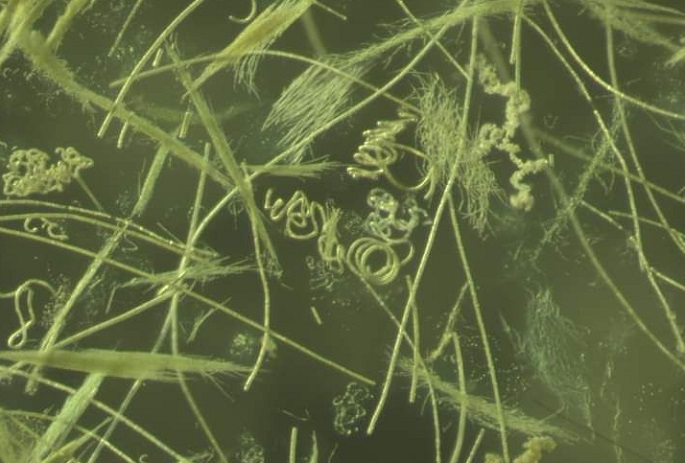Risk of blue-green algae blooms remains high in seas
Published : 11 Jun 2024, 03:44
Updated : 11 Jun 2024, 04:00
Blue-green algae risk is significant in the Gulf of Finland, the Archipelago Sea and also in the southern and central parts of the Bothnian Sea, said the Finnish Environment Institute (SYKE) in a press release on Monday.
As in previous years, the risk of extensive blue-green algae blooms in open sea areas close to Finland continues to be high, as the seawater's nutrient situation is largely unchanged.
This summer, the risk of the formation of rafts of blue-green algae is considerable in the northern part of the main basin of the Baltic Sea, in the Gulf of Finland, the Archipelago Sea and in a large part of the Bothnian Sea.
The risk remains low in the Bothnian Bay. The extent of algae rafts is affected by the temperature and wind conditions of the summer.
The nutrient situation, weather conditions and the annual cycle of phytoplankton create the preconditions for the blue-green algae blooms
The Baltic Sea main basin’s deeps still contain plenty of phosphorus. Different water layers get mixed during winter, which brings deep water nutrients to the surface layer.
With deep currents, nutrients are often transferred from the main basin to the eastern Gulf of Finland, where nutrient-rich deep water is mixed with surface water during the winter.
After winter, as the light increases, growth of phytoplankton algae starts. This is known as the spring bloom of phytoplankton, and is mainly made up of diatoms and dinoflagellates.
Over the past ten years, the regional risk of blue-green algae in open sea areas has remained largely unchanged, but the risk has increased significantly in the Bothnian Sea.
The occurrence of blue-green algae is mainly affected by summer weather conditions. The local blue-green algae situation on the coast and in the archipelago varies faster than in the open sea.
An improvement in the state of the Baltic Sea main basin would significantly reduce the mass occurrence of blue-green algae in large areas.
Data from a variety of sources are used to assess the risk of occurrence of blue-green algae.
This forecast used data from extensive monitoring cruises conducted by the Finnish Environment Institute and the Swedish Meteorological and Hydrological Institute (SMHI), and from the coastal monitoring of ELY Centres. Additionally, information was used from satellite observations, weather data and from Alg@line monitoring utilising automated sampling on merchant ships. The forecast for blue-green algae has been prepared using AI-based modelling methods.
This summer, the Finnish Environment Institute will report weekly on the general blue-green algae situation, between 20 June and 8 August 2024.


